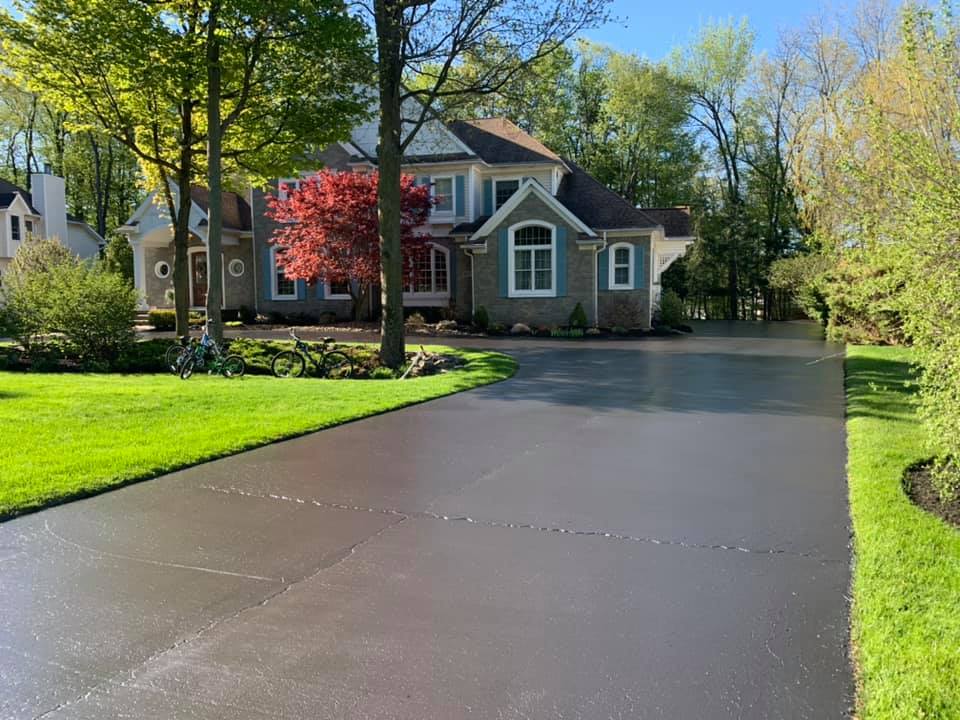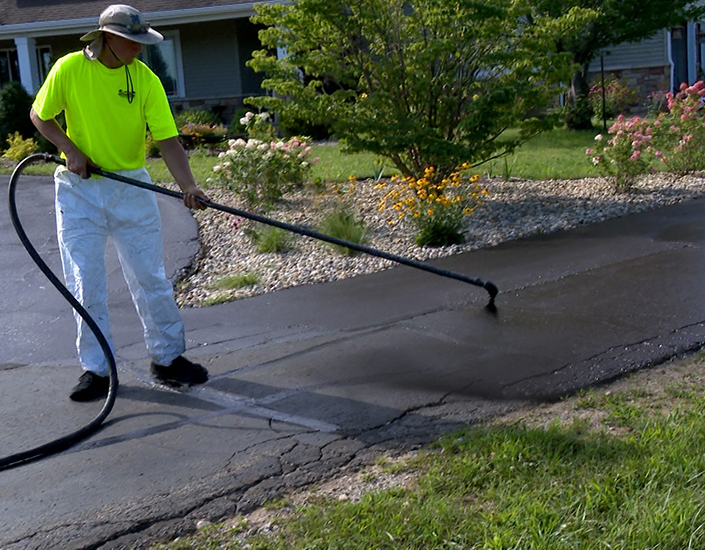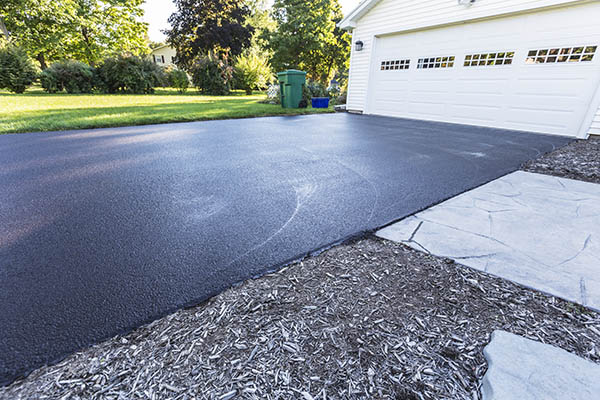Transform Your Property's Visual appeals: Commercial Car Park Leading and Asphalt Sealing Solutions
Transform Your Property's Visual appeals: Commercial Car Park Leading and Asphalt Sealing Solutions
Blog Article
Warm Mix Asphalt: A Lasting Option for Sidewalk
Warm Mix Asphalt (HMA) has emerged as a leading lasting selection for sidewalk solutions, using a myriad of innovative innovations and ecological benefits. As the demand for environmentally friendly building and construction methods grows, exploring the nuances of HMA's sustainability can give valuable insights into the future of pavement remedies.
Ecological Benefits of Warm Mix Asphalt

In Addition, Warm Mix Asphalt assists to reduce metropolitan warm island results. Its dark color absorbs sunshine, decreasing the quantity of warmth reflected back right into the environment compared to lighter-colored sidewalks. This can lower ambient temperatures in metropolitan locations, decreasing the need for a/c and inevitably lowering energy intake.
In enhancement, Hot Mix Asphalt adds to enhanced stormwater monitoring. Its porous nature allows water to reenergize and infiltrate the pavement groundwater products, minimizing runoff and the threat of flooding. These ecological benefits make Warm Mix Asphalt a lasting option for leading freeways and roadways.
Power Effectiveness in HMA Manufacturing
Is energy efficiency an important variable in the manufacturing of Hot Mix Asphalt (HMA)? Energy plays a significant role in the manufacturing of HMA, affecting both price and environmental sustainability. One crucial aspect of power performance in HMA production is the use of warm mix asphalt (WMA) modern technologies.
Moreover, innovations in plant technologies have actually led to more energy-efficient HMA production procedures. By optimizing energy usage in HMA production, the sector can reduce its carbon impact while maintaining high-quality pavement materials.
Recyclability of Warm Mix Asphalt
The recyclability of Warm Mix Asphalt (HMA) is a crucial element of its sustainability and long-lasting environmental effect. HMA is just one of the most recycled materials in the United States, with over 100 million loads of recovered asphalt sidewalk (RAP) being reused each year in new pavement construction. Reusing HMA supplies a number of ecological benefits, such as reducing the requirement for virgin products, lowering energy intake during manufacturing, and lowering the website link amount of waste sent to landfills.
The process of reusing HMA includes grating the existing sidewalk, squashing it right into smaller sized items, and blending it with new aggregate and asphalt binder to produce a recycled mix. This recycled mix can typically do as well as or perhaps better than standard HMA, while needing less raw materials and creating lower greenhouse gas emissions. By integrating RAP into new sidewalk tasks, roadway agencies can conserve all-natural resources, minimize expenses, and minimize the environmental footprint of roadway building and construction and upkeep activities. Generally, the recyclability of HMA plays see this a significant duty in promoting sustainable techniques within the pavement sector.

Long-Term Efficiency of HMA
Asphalt pavements show durability and strength over an extensive period, showing the long-lasting performance of Hot Mix Asphalt (HMA) In addition, advancements in HMA innovation, such as the usage of polymer-modified binders and cozy mix asphalt, have actually better enhanced the longevity and long life of HMA sidewalks. By focusing on high quality building and construction and upkeep methods, HMA proceeds to confirm itself as a sustainable and economical option for durable pavement framework.

HMA: Durability and Sustainability
Demonstrating both toughness and sustainability, Hot Mix Asphalt (HMA) has actually become a cornerstone in the building of long-lasting pavement frameworks - commercial parking lot paving. HMA's sturdiness stems from its ability to useful source hold up against heavy lots, severe climate condition, and high web traffic volumes, making it a trusted choice for roads, freeways, and airport terminal paths. The structure of HMA, which normally consists of accumulations, binder, and filler, plays a crucial role in enhancing its durability and resistance to tear and put on
Moreover, HMA's sustainability hinges on its recyclability and energy-efficient manufacturing procedure. The capability to reuse redeemed asphalt sidewalk (RAP) in new HMA combinations reduces the demand for virgin products and minimizes the ecological effect of pavement building and upkeep. In addition, the energy performance of creating HMA lies in its lower blending temperature levels contrasted to other sidewalk products, resulting in minimized energy usage and greenhouse gas discharges.
Verdict
In verdict, warm mix asphalt (HMA) supplies a lasting option for pavement with its environmentally pleasant attributes. HMA's recyclability, energy performance in production, and long-lasting resilience make it a green selection for road building and construction.
HMA is one of the most recycled materials in the United States, with over 100 million loads of redeemed asphalt sidewalk (RAP) being reused yearly in new pavement building and construction.The process of recycling HMA entails crushing the existing sidewalk, squashing it right into smaller pieces, and blending it with brand-new aggregate and asphalt binder to develop a recycled mix.Asphalt sidewalks demonstrate toughness and durability over an extensive duration, reflecting the long-lasting efficiency of Warm Mix Asphalt (HMA) In addition, developments in HMA modern technology, such as the usage of polymer-modified binders and cozy mix asphalt, have actually better enhanced the resilience and long life of HMA sidewalks. The ability to reuse redeemed asphalt sidewalk (RAP) in new HMA combinations minimizes the demand for virgin products and decreases the environmental impact of pavement construction and upkeep.
Report this page